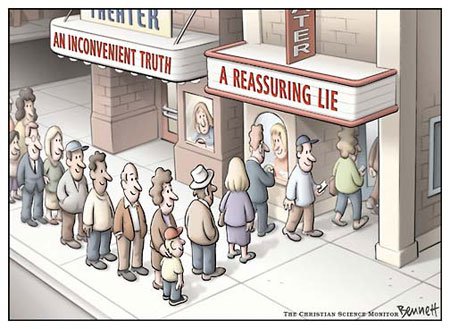Recently, I was fortunate to be present for a talk by one of Canada’s leading economists, David Foot. Dr. Foot is the author of books that explore social trends as they relate to shifts in demographics. His popular book, Boom, Bust, and Echo was a widely celebrated upon its release in 2000. The premise of this work is that we can use our understanding of demographics to predict and forecast economic trends, social need, and the needs for changing policies. Dr. Foot rejects certain wide held beliefs about the composition of the workforce including the claim that the boomers are about to exit the workforce ‘en masse.’ Instead, he insists that today’s leaders will ‘trickle’ out of the workforce. This prediction is based on the fact that a combination of factors that discourage retirement. First, there is no mandatory retirement age. Second, Baby Boomers will be healthier at 65 year olds than were previous generations (60 is the new 50!). Third, there will be a need for their knowledge and expertise in the workforce, and fourth, retirement plans (e.g., CCP) will not be able to support 20-30 years of non-work.
That being said, there are some pretty glum implications for successive generations. As I noted in a previous Blog, I belong to the generation that directly followed the population Boom. Some refer to us as a ‘lost’ generation since the real ‘trends’ in the world were created by the population mass, the Boom. Dr. Foot calls us the Bust (similar to what others refer to as Gen X). The Echo generation are the children of the Boomers. There are a lot of the them – but surprisingly not as many as the Boom. Boomers did not replace themselves entirely – people had fewer children, on average less than 2 per household (the number required for replacement).
According to Dr. Foot, all of this means a few things. The dearth in leadership is not coming. If Boomers do not retire in a typical fashion, there will be no need to replace in the ways that we expect. If you were waiting for that corner office, it might not be available for a long… long time. It also means that the infrastructure we created to support a large population will not be needed in the future. Dr. Foot predicts that we will see empty schools, empty universities etc. In fact, demographers predict that very soon, Canada will depend on immigration for population growth. Interesting implications for human resource management, public policy, politics, and any other social structure.
Some of my most recent work has been looking at the barriers to career entry for young workers. Post-recession, this is the group whose employment status has rebounded at the slowest rate. Interesting to note that the hurdles and obstacles being faced by young workers today show no signs of letting up. So what does this mean for success in the future? Holding the right skills and credentials will not be enough to succeed. There will be a need to be armed with ‘gumption’ that ensures that an individual persists in the face of rejection. A lot of popular media describes today’s young people as ‘entitled’, well if Dr. Foot is correct, that will be correctly quickly once the real competition begins.


